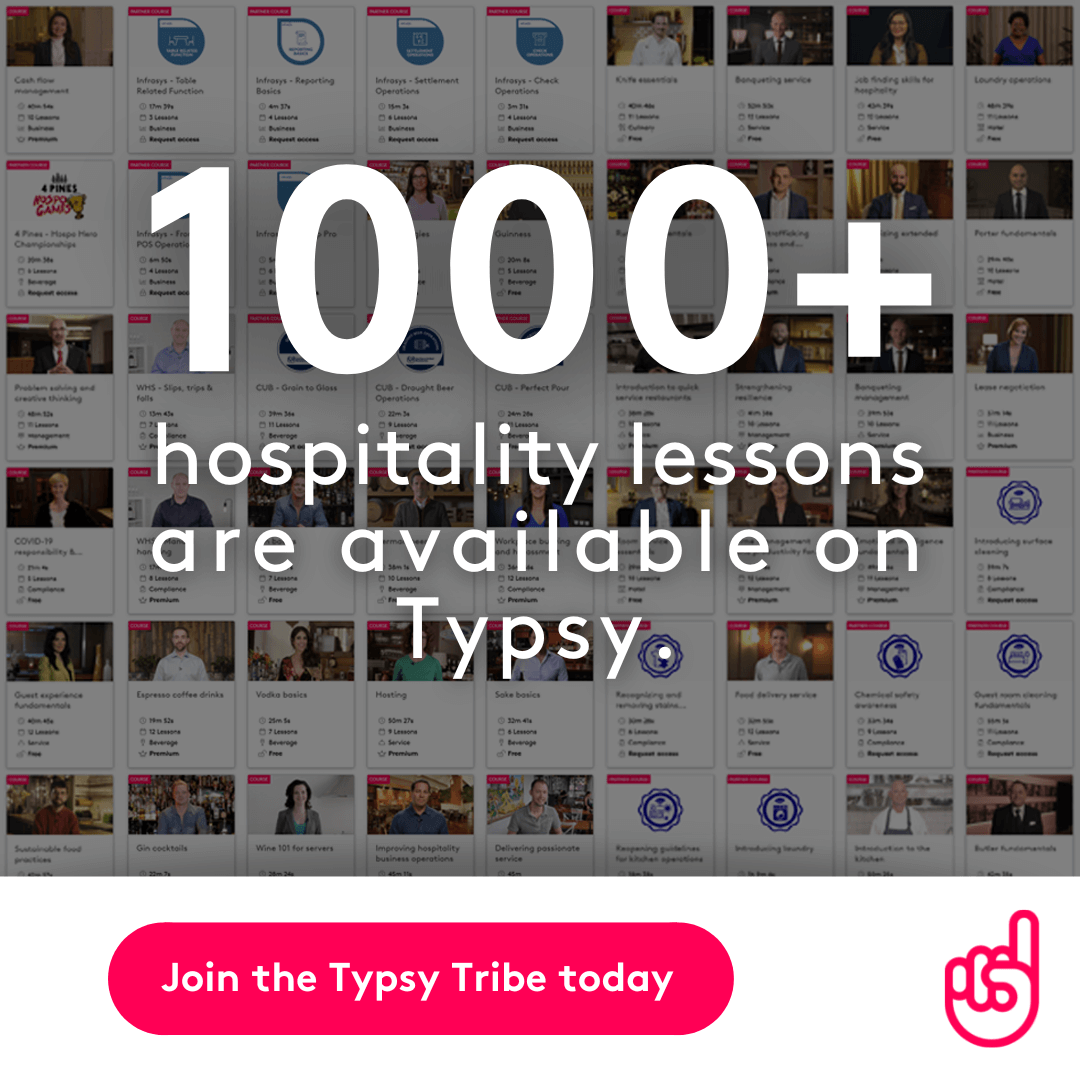You talkin’ to me? Sounds more like you’re talkin’ to somebody else.
Think about the emails you receive. And the ones you open. And the ones you engage with. Most are annoying. Plenty are boring. Few are valuable.
Why? Because they are mass-produced.
.png?width=600&name=Typsy%20%20We%20teach%20hospitality%20to%20the%20world%20%20typsy.com%20blog%20banner%20_%20(1).png)
1. Personalise emails
The sender knows nothing about you. They don’t know that you no longer live in the UK or that you hated their last product or that your surname doesn’t have a “p” in it.
Don’t burn flimsy bridges. Strengthen them. Learn as much about your audience as possible then segment, segment, segment. What is their name? Are they male or female? What is their demographic? Which service did they show an interest in (or purchase)? Did they travel with a family, partner, friend or alone? Where did they travel from?
Don’t try and sell a family deal to an orphan. Structure your campaigns to suit small audiences and provide those groups with content they find most valuable. Use their name and your voice. Write like you would a friend. Can the spam.
2. Reply to negative reviews
A bad review is a great opportunity.
Reviews draw a lot of attention online and that means a big audience. Reacting the right way allows you to prove to a large number of spectators just how much you care about your customers and brand. Remember that customers are surprisingly forgiving when a sincere acknowledgement of the problem, and an apology, are made.
The best way to deal with a negative review is to acknowledge the problem, offer an explanation to why the problem occurred and outline a solution that you have put in place to ensure it will never happen again. To go above and beyond, provide your name and phone number in the response and encourage the reviewer to contact you in person if they would like to discuss it further. This said, keep clear of trolls. If a comment is solely written to rile you up without specifically targeting your brand or service then leave it alone.
3. No pop-ups
Why shove a flyer in a man’s hand when you can shake it?
When I worked in door sales I was taught that it was never too early to close. The rules are different online. Pop-ups do far more damage than good. Whilst there are stats out there that prove pop-ups drive higher email signups, they also drive aggravation and increase bounce rates (the percentage of people leaving your site without clicking further than the landing page). You don’t need 10,000 weak email leads.
You need 100 engaged fans who love to open everything you send.
4. FAQs
Why test your audience when you can give them all of the answers?
As well as being helpful, FAQs are a great way to prove to your audience that you know exactly what they are thinking. That’s assuming you pose genuine questions. Not just the ones you can best answer. If you don’t think you have any then you probably need to learn a little more about your audience. There are always questions, even if the answers seem simple to you. Have fun with the process. For instance, ‘Can I Come Barefoot?’ is a great platform to explain to visitors that they need to wear closed-in shoes.
5. CRM software
Embrace efficiency.
Whilst CRM (customer relationship management) software bores the crap out of most there is no denying that programs like Salesforce are a great way of storing all of your customer data in one place. The trick is not taking shortcuts. Record everything you can, including customer feedback. This saves time and paperwork, makes segmenting future email campaigns easy and allows you to streamline repeat customer bookings.
6. Easy cancellations
Even the cute ones bite when you back them into a corner.
Leave lock-in contracts to faceless phone companies. If somebody wants to cancel then make it easier than signing up. Locking bookings in 24 hours before check-in is fair but any longer will reflect poorly on your brand. A good customer experience is worth far more than the money one disgruntled customer brings you.
Money back guarantees and extended cancellation periods are also a great way to get fence sitters over the line when they are tossing up between you and the competition.
Lastly, it’s important to remember that tourist itineraries change regularly and, consequently, so do their bookings. It’s the nature of the industry. Role with the punches.
7. Simple web design
If in doubt, bin it.
Most people will be happy to click one button. Fewer people will be happy to click two. The difference may seem minuscule but every hurdle is just another excuse for a tourist to book with someone else.
If you sell three packages then make it clear. Don’t try and sell more. If you can book online, put a ‘Book Now’ icon on your homepage. Remove excessive copy and add a video instead. Sure, add plenty of relevant content for Google optimisation but keep it organised in a blog or hub. Don’t force your visitors to wade through mismanaged content to get to the details.
8. Over-deliver
Word of mouth is the backbone of all business.
If you have just one marketing strategy in 2014, make it over-delivery. Ask yourself, what do customers expect? The add more. Find out what your competitors are giving and give extra.
It may seem unrealistic when your budget is stretched but the value is priceless. A satisfied client is an ambassador for your brand. They will tell their friends, return again and again, write the good reviews and support your social media platforms. I recommend businesses to others all of the time. Only the ones that supersede my expectations though. Why would anyone want to talk up a run of the mill experience when it reflects poorly on them? A good experience goes a hell of a long way in today’s digital age.
.gif?width=1200&height=400&name=Hubspot%20Blog%20banner%20GIF%20(2).gif)


